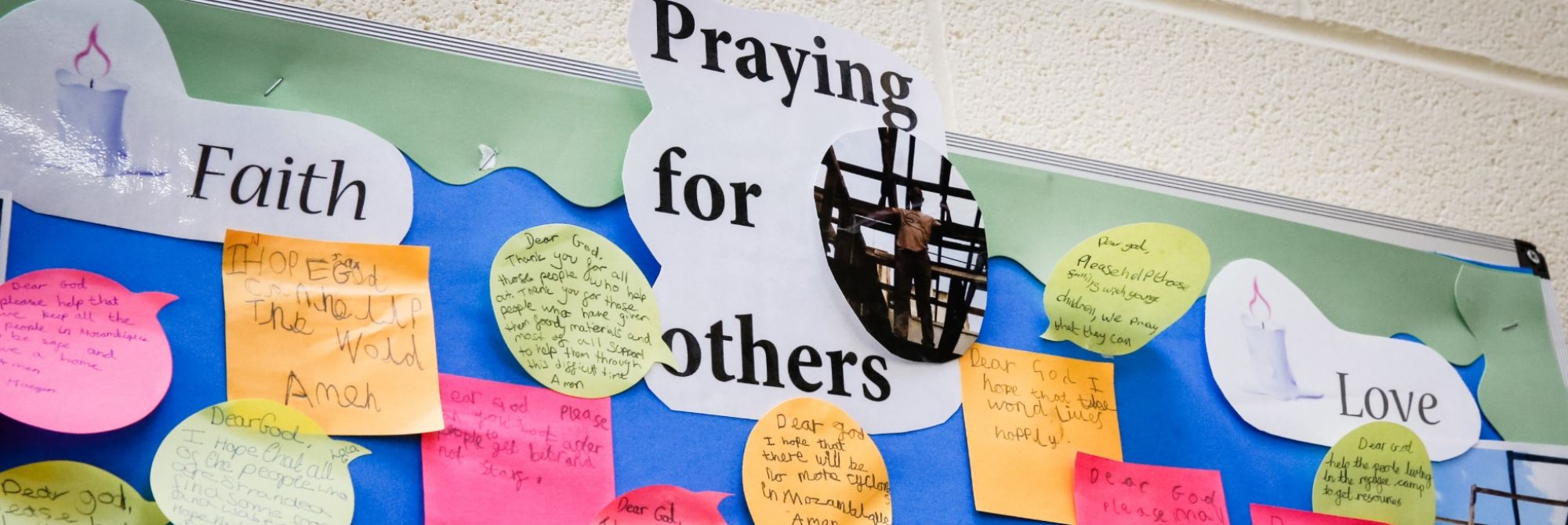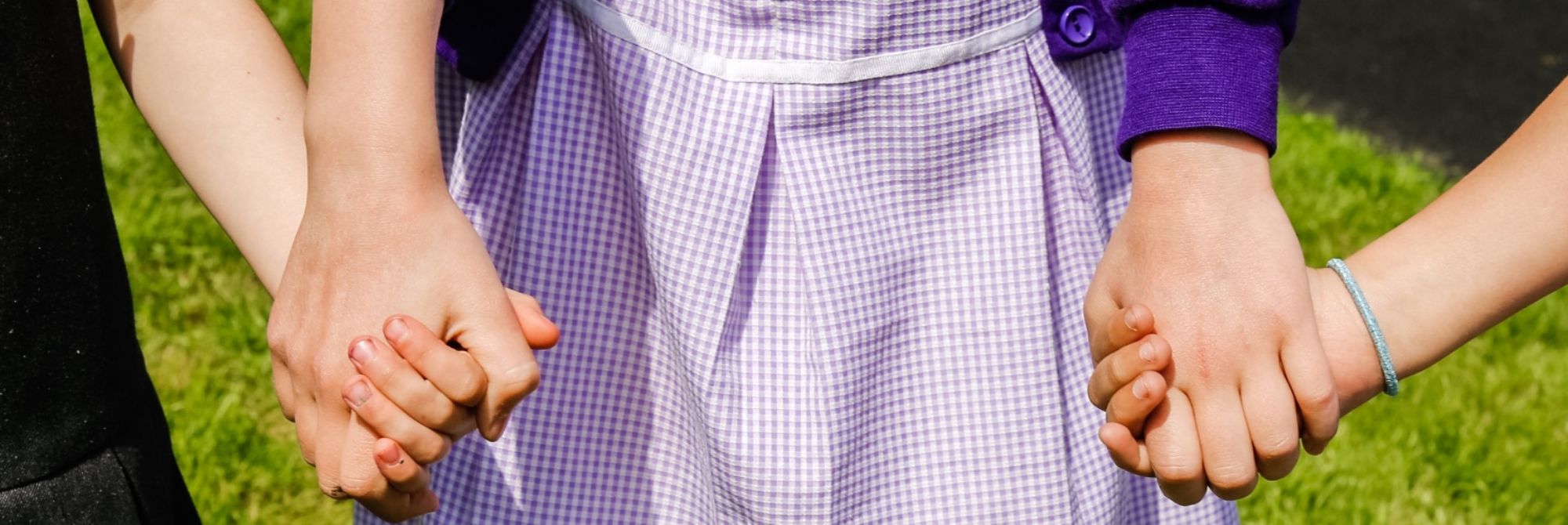Geography
Geography at Purley Primary School
Intent
At Purley Primary School, our Geography curriculum inspires curiosity about the world and its people. Through practical experiences and the use of local environments, pupils develop a deep understanding of how the Earth’s features and environments are formed, used, interconnected and change over time. We aim for children to think like geographers, developing skills in resilience, reflection, risk-taking, collaboration and research.
Pupils are encouraged to question, observe, measure and analyse data, developing confidence in presenting their findings. Our curriculum builds awareness of how Geography shapes lives at multiple scales and over time, nurturing resourceful, active citizens. Key priorities include:
-
Developing strong geographical knowledge and skills.
-
Encouraging critical thinking and evidence-based analysis.
-
Building fieldwork skills across all year groups.
-
Fostering knowledge of pupils’ locality and global diversity.
-
Expanding geographical vocabulary and concepts.
Implementation
Our Geography curriculum follows the National Curriculum’s four strands:
-
Locational knowledge
-
Place knowledge
-
Human and physical geography
-
Geographical skills and fieldwork
Teaching is delivered through a spiral curriculum, revisiting essential knowledge and skills with increasing complexity to consolidate learning. EYFS units provide a foundation for Key Stage 1 Geography and Early Learning Goals. Cross-curricular links and enquiry questions enable pupils to apply skills and knowledge to real-world contexts.
Fieldwork is embedded throughout, following an enquiry cycle of question, observe, measure, record and present. Opportunities range from school-ground investigations to larger-scale visits. Geography is taught in three termly blocks (Autumn 1, Spring 1, Summer 1) to allow depth of study and progression.
Impact
Pupils at Purley:
-
Compare and contrast human and physical features across the UK, Europe and the Americas.
-
Understand the location and interaction of physical elements, including climate, biomes, natural disasters and the water cycle.
-
Appreciate human use of land, economic activity and natural resource distribution.
-
Recognise how humans adapt to and impact their environment.
-
Develop geographical skills using maps, atlases, globes, digital mapping, compass points, grid references and coordinates.
-
Present and answer enquiries using planned methodologies, collected data and digital technologies.
By the end of EYFS, Key Stage 1 and Key Stage 2, pupils meet national expectations and demonstrate curiosity, respect, and appreciation for the world and the interconnection between human and physical geography.




